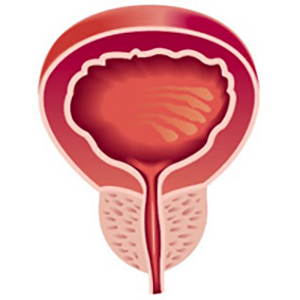Are elevated mitochondrial DNA fragments in prostatic inflammation a potential biomarker for prostate cancer?

Accepted: September 2, 2023
All claims expressed in this article are solely those of the authors and do not necessarily represent those of their affiliated organizations, or those of the publisher, the editors and the reviewers. Any product that may be evaluated in this article or claim that may be made by its manufacturer is not guaranteed or endorsed by the publisher.
Authors
Background: We sought to determine whether two soluble forms with different size of mtDNA are linked to prostatic inflammation, and whether they discriminate prostate cancer (PCa) from inflammatory prostatic conditions. Methods: Histopathologically diagnosed prostatitis, PCa and benign prostatic hyperplasia patients (n = 93) were enrolled in this study and they were categorized as with and without prostate inflammation. Quantitative RT-PCR was used to analyze the levels of 79-bp and 230-bp fragments in urine and blood samples collected following prostate massage. Results: The urine mtDNA-79 and mtDNA-230 were significantly increased in patients with prostate inflammation compared with those in without inflammation. Here, 79-bp fragment of apoptotic origin was significantly higher level than 230-bp fragment of necrotic origin. Although mtDNA-79 copy number in serum samples was also increased in patients with prostate inflammation, mtDNA-230 was similar in the two groups. Furthermore, mtDNA-79 and mtDNA-230 copy numbers in postprostate massage urine were higher (about 16-fold and 22-fold, respectively) than those from serum samples. ROC analysis showed that, although post-prostate massage urine have relatively higher performance than blood, ability to discriminate cases of both fragments was not better than that of serum total PSA. Conclusions: Our results demonstrate that shorter cf-mtDNA fragment size in particular, increase in the presence of prostate inflammation in post-prostatic massage urine but both fragments could never improve serum total PSA performance.
Supporting Agencies
Istanbul University-CerrahpasaHow to Cite

This work is licensed under a Creative Commons Attribution-NonCommercial 4.0 International License.
PAGEPress has chosen to apply the Creative Commons Attribution NonCommercial 4.0 International License (CC BY-NC 4.0) to all manuscripts to be published.

 https://doi.org/10.4081/aiua.2023.11610
https://doi.org/10.4081/aiua.2023.11610



